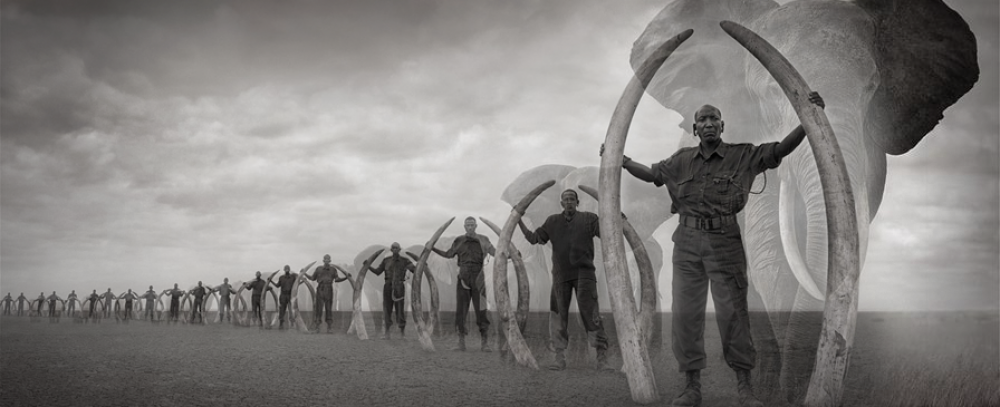The elephant population in Africa has been documented as steadily declining for the past 200 years. Poaching for ivory has only become the main problem to elephant populations since approximately the 1950s, declines prior to this were attributed mainly to habitat destruction, which resulted in a decrease in the carrying capacity. In the case of forest elephants, research into their population numbers in the late 1980s showed that close to one third of Africa’s elephants may have existed in central Africa, although they too were facing pressure due to poaching, although perhaps not as severe as their cousins the bush elephants.
Since this time however, the 1990s ushered in a number of dramatic changes that have resulted in forest elephants facing massive poaching pressures. Not only were there large increases in the availability of firearms, but continued development of the timber industry, as well as roads to provide trade routes to cities meant that access to the interior of the forest was far easier than before. As the forest is harvested, less and less land is available for these elephants meaning they have fewer places to hide and are forced into increasingly small habitats. At the same time, China’s increasing wealth created even higher demand for ivory despite the ban. Due to a combination of ineffective wildlife policing and corruption in several African countries, poaching of forest elephants saw huge increases.

